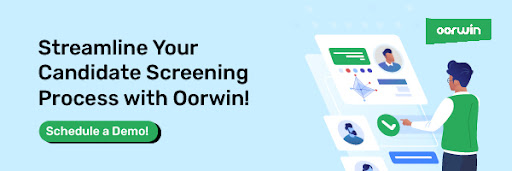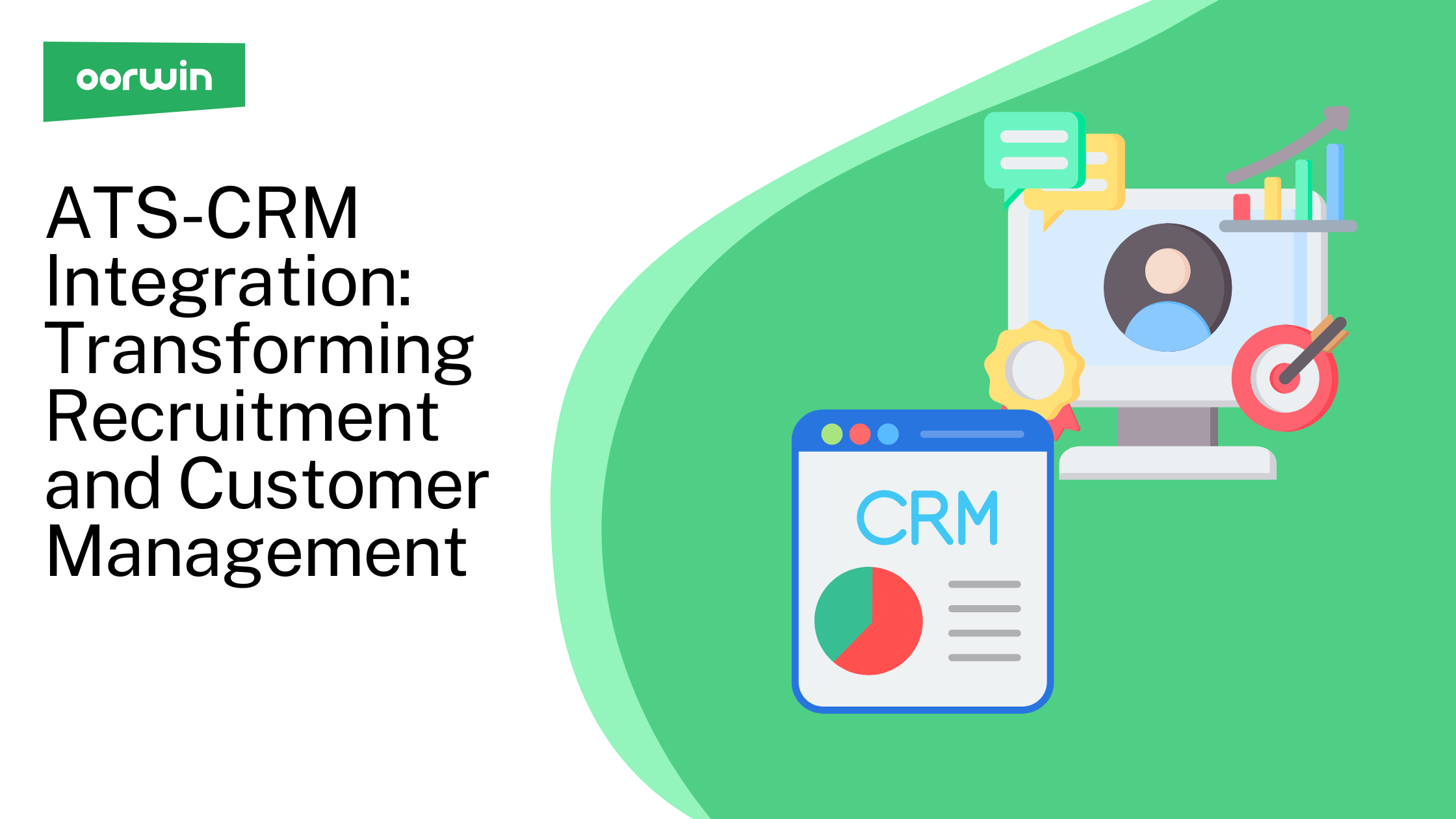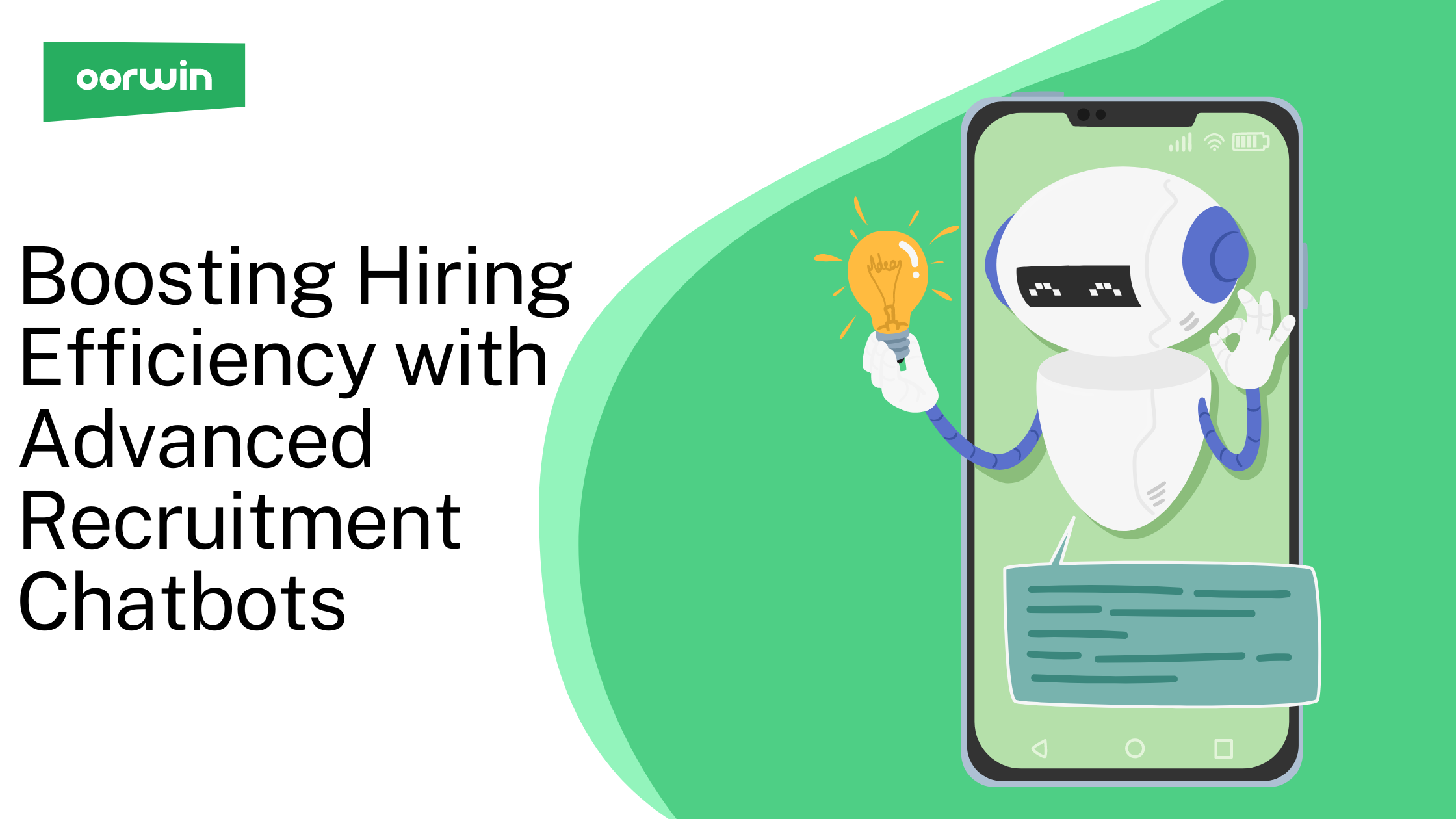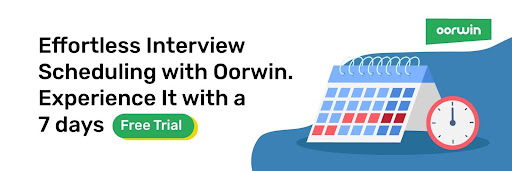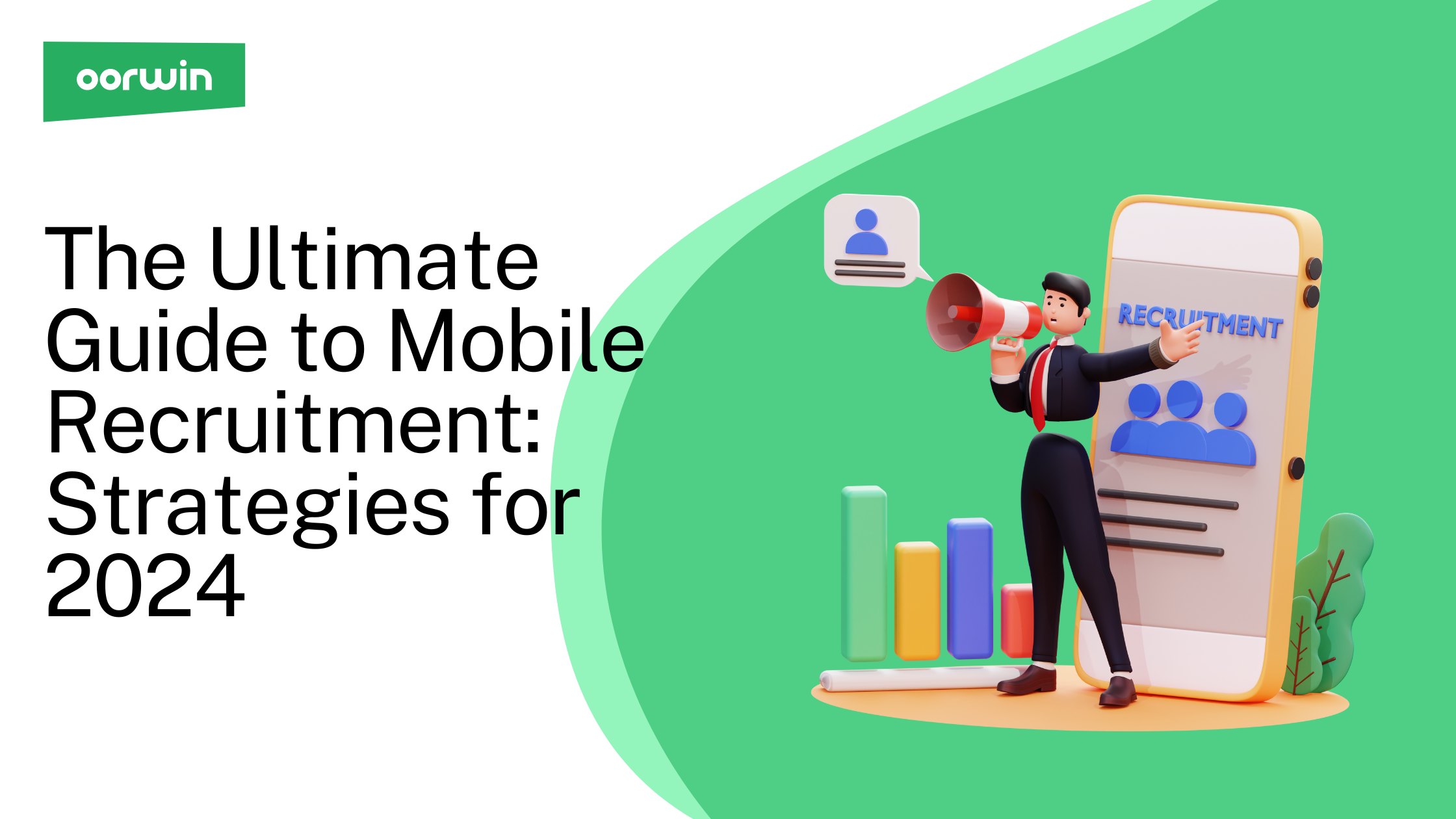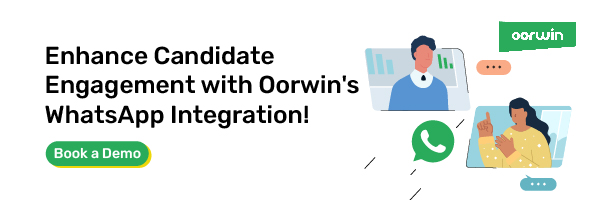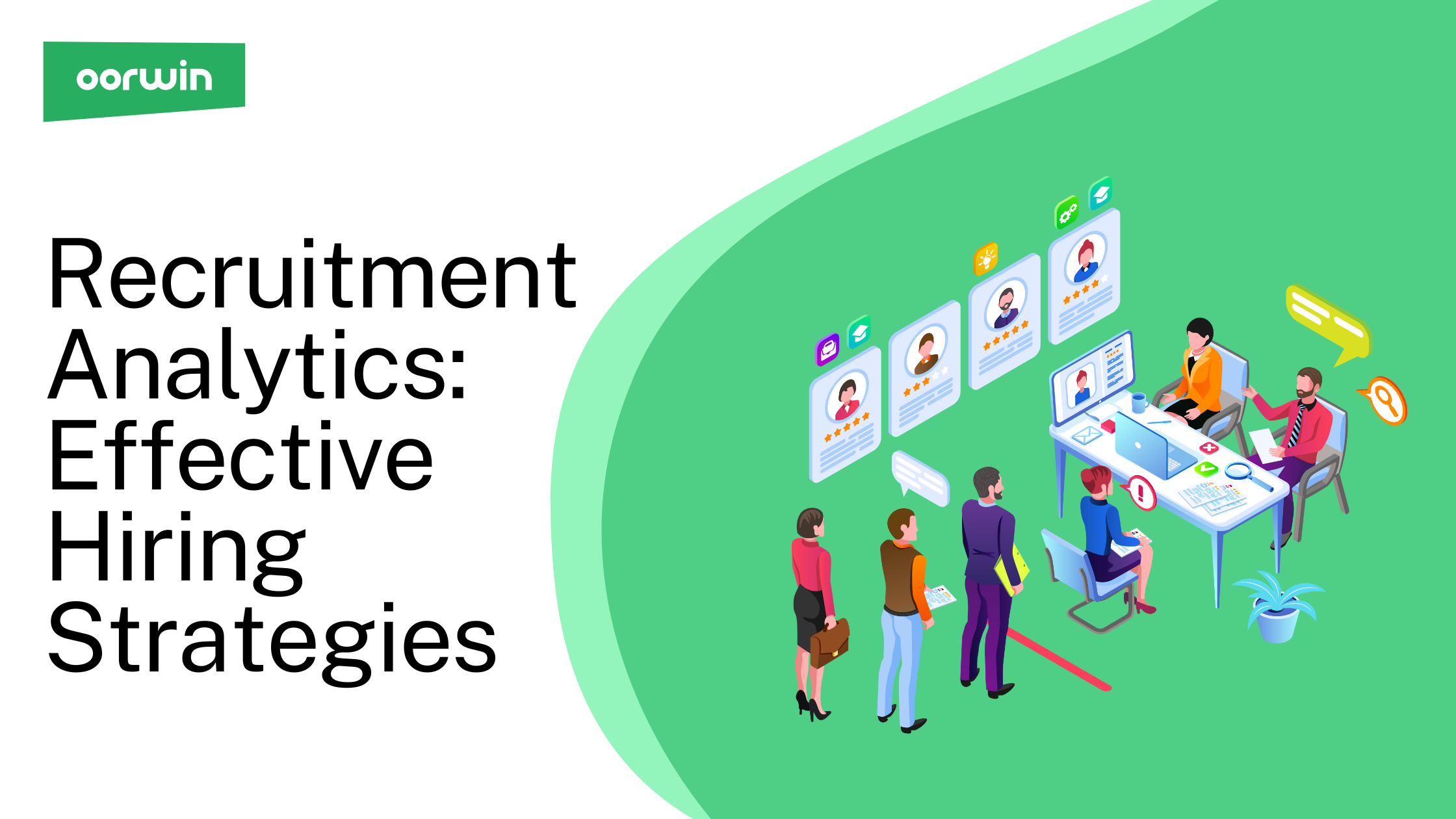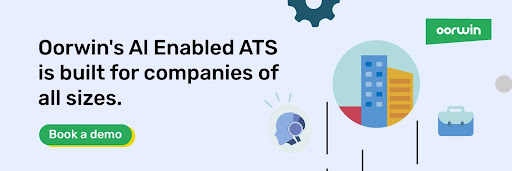Innovative Strategies to Increase Your Career Site’s Traffic
In the modern digital era, getting the best people interested in your job opportunities is super important. This blog explores smart ways to make your company’s careers page stand out, going beyond just listing jobs. It’s all about turning your careers page into an exciting display of what your company is all about—its culture, values, and the awesome chances it offers. Learn about the essential elements and tricks to transform your careers site into a place that attracts top-notch talent. In a world where job markets are competitive, knowing how to make your careers page shine can make a big difference in getting the right people on board.
Understanding the Importance of a Dynamic Company Careers Page
An engaging careers page is crucial for attracting and keeping the best employees. It needs to be dynamic and interesting to capture and retain top talent.
Attracts Top Talent
A great careers page plays a crucial role in attracting job seekers. It’s like the first handshake with potential employees, giving them a peek into the company’s values and job possibilities. A captivating careers page, showcasing opportunities for growth and unique roles, can really boost the chances of attracting top-notch candidates. It’s the place where curious minds get a feel for what the company is all about and what exciting paths they can take in their careers. So, putting effort into creating an appealing careers page is a smart move for any company looking to draw in the best talent.
Showcases Company Culture
Your company’s careers page is like a sneak peek into your work culture. By sharing what it’s really like to work at your company, you can draw in job seekers who share your values and vibe. Being open about your culture not only brings in potential candidates but also makes it easier to find those who really connect with your company’s way of doing things. This helps ensure that the people who join your team fit in well and align with your company’s spirit. So, having a clear and honest look into your workplace on your careers page not only attracts the right folks but also makes sure they’re a great match for your company culture.
Enhances Employer Branding
In today’s job market, showcasing your brand as an employer is super important. Having a great careers page is key—it’s like telling your brand’s story, mission, and values in a way that stands out. This smart presentation is not just about finding employees; it’s about attracting folks who want to be a part of something they really like and respect. Imagine it like this: when you make your careers page awesome, it’s like sending out an invitation to people who don’t just want any job, but want to be part of a brand they really admire. So, it’s not just about jobs, it’s about building a team of people who believe in and love your brand.
Improves Candidate Experience
Creating a careers page that is easy to understand and full of helpful details greatly improves how job seekers feel about applying. When a page clearly explains the different job roles available, walks through the application process, and gives an idea of what candidates can expect, it makes everything more transparent and simple. This, in turn, makes the whole application process smoother and more inviting. People are more likely to apply when they know exactly what they’re getting into and how to go about it. So, by providing clear and friendly information on your careers page, you’re not just helping candidates.
Facilitates Easier Application Process
Making it easy for people to apply is crucial for getting more job applicants. When a company’s careers page is simple to navigate, the application process is straightforward, and all the important information is easy to find, it can really cut down on the number of people who start applying but then give up. This means more potential candidates for the company. So, by creating a user-friendly careers page, businesses can attract more job seekers and increase their chances of finding the right people for the job.
Demonstrates Company Values
The careers page serves as a great way for a company to showcase its values. By emphasizing a dedication to diversity, innovation, and employee growth, the company can attract individuals who share these values. This not only helps in finding suitable candidates but also ensures that the selected individuals are likely to be enthusiastic and committed employees. A transparent representation of these values on the careers page creates a connection with like-minded individuals, fostering a positive work environment where everyone feels included and motivated.
Provides Insight into Work Environment
Give candidates a clear picture of your company’s work environment to help them imagine themselves there. Enhance their understanding through virtual tours, employee testimonials, and day-in-the-life videos. These resources provide a genuine view of the daily experience at your company, sparking increased interest and engagement from potential candidates. By showcasing your workplace culture and atmosphere, you make it easier for individuals to envision how they would fit into your team.
Encourages Employee Referrals
A captivating careers page isn’t just a place to find job info; it can also boost employee referrals. When you make a page that employees feel excited to share, it raises the chances of them recommending it to folks they know. This way, your job opportunities reach a wider audience through their networks. A cool and impressive careers page not only attracts new talent but also turns your existing team into advocates. When your employees proudly share the page, it becomes a powerful tool for reaching potential candidates.
Increases Job Visibility
A well-organized careers page can make your job postings more visible. When you optimize each job listing for search engines and share them on different platforms, you can reach more people. This helps attract a diverse group of candidates for your job openings. The key is to structure your careers page in a way that is easy for both potential employees and search engines to understand. By doing this, you improve the chances of your job postings appearing in relevant searches.
Key Elements of a Successful Careers Page
A successful careers page incorporates several key elements to attract and engage potential candidates effectively. Let’s take a deep dive to understand what all things a career page needs to have for good traffic.
Clear Brand Messaging
Having clear and consistent brand messaging is super important, especially on your careers page. This is where you tell people what makes your company special, what you’re all about, and what you value. When your message is crystal clear, it attracts job seekers who really connect with your brand. This is awesome because it means you’re more likely to find people who truly fit in with your company.
Detailed Job Descriptions
Creating thorough and precise job descriptions is essential. These descriptions should clearly outline the role, responsibilities, and expectations for a position. A well-crafted job description is important because it attracts candidates who are genuinely interested and qualified, saving time and resources by minimizing irrelevant applications
User-Friendly Navigation
User-friendly navigation on your careers page is key to keeping potential candidates engaged. A site that is easy to navigate encourages candidates to explore more job opportunities, learn about your company, and ultimately apply for positions. Simplified navigation enhances user experience and increases the likelihood of candidates completing the application process.
Employee Testimonials and Stories
Adding employee testimonials and stories to your careers page can make it much more appealing. These personal accounts give potential candidates a real sense of what it’s like to work at your company, making the whole experience more relatable and convincing. By sharing these stories, you’re adding a human touch that goes beyond just listing job requirements.
Benefits and Perks Information
Highlighting the advantages and rewards of being part of our company is a great way to attract potential candidates. Being open about these benefits not only draws people in but also ensures that everyone knows what to expect, leading to greater job satisfaction and increased employee retention. By being transparent about what we offer, we create a positive and supportive work environment, making our company an appealing choice for those seeking a fulfilling and rewarding career.
Mobile Responsiveness
In today’s world, it’s crucial to make sure your job opportunities page works well on mobile devices. Lots of people look for jobs using their phones, so having a site that’s easy to use on mobiles is super important. A mobile-friendly page helps you connect with more job seekers and makes it easier for them to check out what you have to offer. It’s like opening a door for more people to find and apply for the jobs you have available
SEO Optimization
Enhancing your career site’s visibility is vital for success, and SEO optimization plays a key role. To boost your site’s ranking on search engines, focus on using relevant keywords, fine-tune meta tags, and generate high-quality content. This heightened visibility is crucial for attracting a larger pool of candidates and driving more traffic to your site. By strategically incorporating keywords related to your industry and job opportunities, you make it easier for potential candidates to find your site when they search online.
Social Proof and Awards
Showcasing employee awards and recognitions can boost your company’s trustworthiness and appeal as an employer. When potential candidates see evidence of your team’s accomplishments, it builds confidence and makes them more interested in exploring career opportunities with your company. This kind of validation acts as social proof, assuring job seekers that your organization is recognized and respected.
Call to Action
Every webpage needs a strong and clear Call to Action (CTA) to guide visitors on what to do next. Whether it’s urging job seekers to apply for a position, subscribe to job alerts, or connect on social media, a compelling CTA boosts engagement and conversions. It’s vital to make the desired action apparent, providing visitors with a seamless pathway to follow. A well-crafted CTA not only motivates candidates but also enhances the overall user experience.
Steps to Attract Top Talent to your Career Site
Attracting top talent to your job site requires strategic steps to improve its attractiveness and accessibility. Implementing measures to enhance the site’s appeal and make it user-friendly is crucial for attracting the best candidates.
Enhancing User Experience for Better Engagement
Creating an inviting experience is crucial for boosting engagement on your job site. This involves making your site look good, ensuring it loads quickly, and making it easy to navigate. When users have a positive experience, they’re more likely to spend extra time exploring job options and getting to know your company. So, it’s not just about having job listings; it’s about making the whole process enjoyable for the candidates.
Technical Aspects of Site Optimization
Creating a well-functioning website involves taking care of technical details to enhance performance and user experience. It’s vital to make your site load quickly, work well on various browsers and devices, and regularly update it to fix any issues. A technically optimized site ensures that users can navigate smoothly, making them more likely to stay and interact with your content.
Leveraging SEO and Content Marketing for Higher Visibility
Leveraging SEO and content marketing is essential for higher visibility of your career site.These strategies enhance your site’s online presence, making it easier for potential candidates to discover and engage with your job opportunities.
Optimizing Job Listings for Search Engines
To boost the visibility of your job listings, it’s essential to optimize them for search engines. This means using the right keywords, creating catchy titles, and adding meta descriptions. By doing so, your job postings are more likely to show up in search engine results, making them easily discoverable by job seekers. Think about the words someone might use when searching for a job like yours and incorporate those into your listing.
Creating Engaging, SEO-Friendly Content
Crafting compelling, SEO-friendly content on your career site not only draws in potential candidates but also enhances your site’s visibility on search engines. Share valuable content like career tips, industry perspectives, and stories of employee triumphs to captivate candidates and motivate them to delve deeper into your site. This not only boosts overall traffic but also fosters increased engagement.
Utilizing Social Media to Attract Potential Candidates
Using social media is a great way to get people interested in your job opportunities. It helps bring potential candidates to your career website, making it easier for them to learn about and apply for available positions.
Effective Social Media Strategies for Recruitment
Creating successful social media strategies for hiring requires sharing interesting content, interacting with your audience, and highlighting your company culture. Platforms like LinkedIn, Twitter, and Facebook are great for promoting job opportunities, sharing company updates, and connecting with potential candidates, directing them to your career website. By posting engaging content and actively participating in conversations, you can attract the attention of job seekers and present your company as an appealing workplace
Building a Strong Employer Brand on Social Platforms
Creating a robust employer brand on social media means keeping a consistent message, sharing what it’s like for employees, and spotlighting your company’s successes and values. Having a strong presence on social platforms can draw in potential candidates who might not be actively looking for a job but are interested in your company’s identity and atmosphere. By maintaining a clear and engaging online image, you can capture the attention of individuals who resonate with your brand, making them more likely to consider joining your team.
Innovative Advertising and Promotional Tactics
Innovative advertising and promotional tactics are key to attracting candidates.Using innovative approaches helps grab attention and stand out, making the recruitment process more engaging and appealing to individuals seeking
PPC Campaigns for Immediate Traffic Boost
Running pay-per-click (PPC) campaigns is a great way to quickly increase traffic to your career site. These targeted ads on search engines and social media can bring in top-notch candidates, boosting visibility and application numbers. With PPC, you can customize campaigns to focus on particular demographics, job titles, and locations, making them super effective. It’s like putting a spotlight on your job opportunities, ensuring that the right people see them.
Leveraging PR for Long-term Engagement
Utilizing public relations (PR) is crucial for establishing lasting connections with potential job candidates. By showcasing your company’s accomplishments, community engagement, and workplace accolades in the media, you can boost your company’s reputation and draw in candidates seeking employers with a positive public image and active community involvement. Sharing news about your company’s achievements not only highlights its success but also attracts individuals who value a positive and community-oriented workplace.
Additional Steps : Fostering a Robust Talent Community
Building a strong talent community is an extra effort to draw top-notch talent to your job site. It involves creating a welcoming space where skilled individuals feel connected and engaged, increasing the likelihood of attracting the best candidates to your organization.
Utilizing ATS for Automated Job Alerts
Using an Applicant Tracking System (ATS) to set up automated job alerts is a great way to keep potential job applicants interested in your company. With this system, candidates can easily sign up to receive notifications whenever there are new job openings that align with their skills and interests. This helps to maintain a connection between candidates and your company, boosting the chances of them applying for future positions.
Engaging with Prospective Candidates through Talent Pools
Building a talent pool is a great way to have a group of potential job candidates ready for future opportunities. When you connect with people who are interested in your company but haven’t found the perfect job yet, you’re creating a pool of potential applicants. By keeping in touch and maintaining relationships with these candidates, you’re essentially preparing a group of individuals who could be a good fit for your company down the line. This helps streamline the hiring process because you already have a list of interested and qualified candidates to consider when new job openings arise.
Discover How Oorwin Can Elevate Your Talent Acquisition Efforts
Experience a revolution in talent acquisition with Oorwin, a powerful integrated ATS solution designed to supercharge your recruitment process. Elevate your career site’s visibility, captivate potential candidates, and effortlessly oversee your talent pipeline. Oorwin streamlines your recruitment strategy, offering a suite of tools that not only enhance your career site’s traffic but also engage candidates effectively. Say goodbye to recruitment hassles as Oorwin empowers you to efficiently manage your talent acquisition efforts. Attracting top-tier talent is now a breeze, ensuring your company’s success. Transform your approach to recruitment with Oorwin and witness a seamless, efficient, and highly effective hiring process.
Ready to transform your hiring process? Dive into Oorwin’s Proven Strategies webinar and take the first step toward securing the best talent for your team.
FAQ
How do you attract and keep top talent?
To attract and retain top talent, focus on offering competitive compensation, fostering a positive workplace culture, providing professional development opportunities, and promoting a healthy work-life balance. Regularly communicate and recognize employees’ contributions to show appreciation and create a sense of belonging.
What is the most effective source for finding top talent?
The most effective source for finding top talent can vary depending on the industry and specific job roles. However, commonly effective sources include employee referrals, professional networks like LinkedIn, industry-specific job boards, and recruitment agencies. Leveraging a combination of these sources often yields the best results, allowing for a diverse pool of qualified candidates.
How to attract and retain top talent in 2024?
In 2024, attract and retain top talent by prioritizing workplace flexibility, offering competitive compensation and benefits, fostering a positive company culture, providing continuous learning opportunities, and ensuring clear career growth paths. Embrace innovative technologies to streamline processes and enhance the overall employee experience. Regularly solicit feedback, acknowledge achievements, and maintain open communication to create a supportive and inclusive work environment.

